Studio Pottery – Modern Ceramics – Ceramic Art – Ceramics Shop
Here in the ceramics shop you can buy studio pottery, modern ceramics or ceramic art. Besides pieces from the Art Nouveau and Bauhaus period there are also pieces from the Art Deco period, the 1940s, 1950s and 1960s and even later eras. There are also studio pottery from the GDR.
To the studio potteries in the ceramic shop
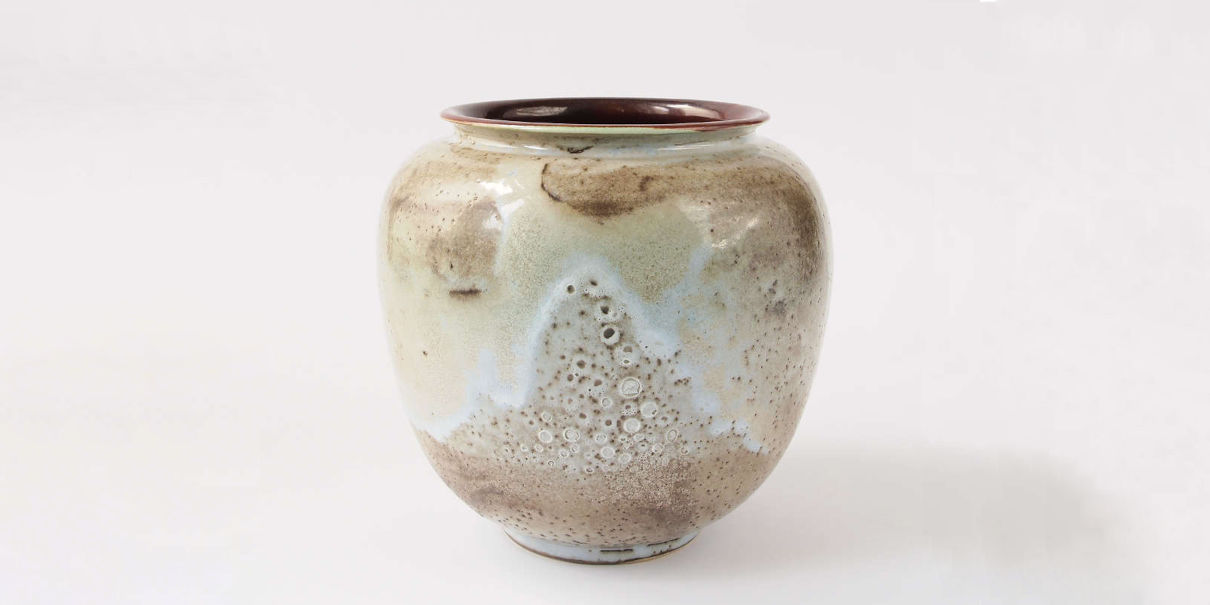
Photo: Robert Züblin
What is studio pottery?
You may ask, what does studio pottery mean? The studio pottery definition is basically that this type of pottery are pieces that come from a workshop (studio) – unlike industrial pottery, which has a much larger output due to mass production, and also unlike a masterpiece, where the pottery is shaped and glazed by the person who also designed the pottery.
A masterpiece or artist’s pottery is usually one-of-a-kind, which is the case with most pieces with running glazes simply because of the unique glaze gradients.
Studio pottery can be pieces that have an utilitarian function, such as vases, bowls, chawans, or ashtrays. However, a studio ceramic can also be a picture plate or an abstract sculpture without any utilitarian function. Collectible pieces that originally had an utilitarian function, on the other hand, are usually not used but merely displayed, such as on a shelf or sideboard (showcase pieces).
Ceramic art and art ceramics
Sometimes one reads art ceramics or ceramic art in connection with studio pottery, whereby art pottery is the translation of the English term “Art Pottery”, with which originally in the time between 1870 and 1940 ceramics with a larger output than in studio potteries were meant, i.e. workshops in which a designer directs the work of several employees. The term ceramic artist, on the other hand, is usually used to refer only to studio ceramists. Ceramic art, in turn, is a broader term for all ceramics from a cultural-historical perspective.
Modern ceramics
Modern ceramics is also used as a synonym for studio pottery and art ceramics, expressing the affiliation of these ceramics with the fine arts, and modern ceramics is a reference to the term modern art. The term modern ceramics expresses more clearly than the term studio pottery that this type of ceramics goes beyond the arts and crafts utility ceramics or decorative ceramic figures. In addition, modern ceramics are distinguished from antique or historical art ceramics. Other synonyms for studio pottery are studio ceramics and atelier ceramics.
History of pottery
In Japan, workpieces made of ceramics existed as early as 11000 BC. In the Near East and Europe, the history of ceramics goes back to about 6000 BC. In addition to utilitarian objects, decorative elements were also made of ceramics early on, such as ceramic tiles for floors and walls. Examples of artisan ceramics and decorative ceramic figurines in older history include:
- Early Chinese terracotta army burial objects
- Greek vase painting
- Roman ceramic mosaics
- Seladon ceramics from Korea
- Mayan ceramics
- Persian ceramics
- Majolica technique in Europe
- Faience technique in Europe
- Delft ceramics in the Netherlands
In some cases these techniques are inspired by Chinese porcelain. Even if these objects made of ceramic material were originally utilitarian or ornamental ceramics, from a cultural history perspective these pieces are often classified as ceramic art.
History of modern ceramics
The history of modern ceramics begins with a break from artisanal production to production in manufactories and later with the industrial revolution in factories. The impetus was given in particular by the spread of the bourgeoisie, i.e. a growing middle class from the 18th century onwards, whose demand for tableware and ornamental objects had to be satisfied by mass production. This mass-produced ware, however, was usually not characterized by artistic innovation, but was rather copies of traditional forms and decorations.
History of studio pottery
It was not until the end of the 19th century that studio pottery emerged, distinguished from mass production by the fact that individual pieces were now also made in studios (workshops, i.e. studios), often with artistic pretensions and often designed by painters or sculptors who had switched to pottery. The timing of the beginning of the history of studio ceramics is no coincidence, as with the end of the 19th century, Art Nouveau (Art Nouveau) came to full bloom, which in turn was partly inspired by the emerging Japonism. Japonism refers to the influence of art from Japan on Western art production after Japan was forced to open up by the United States in the 1850s and Japan’s 220-year isolationist policy ended.
Beginnings
The first studio potters or art ceramists were influenced by Japanese vessel ceramics, which were characterized by a freer and more abstract design. In addition to form, however, Japanese glaze design was also a source of inspiration for Western studio pottery. What was special about Japanese glazes was the experimental moment, the result of which often depended on chance. Among the first studio ceramists were in France the Massier family from Vallauris, in England Martin Brothers and Bernard Leach, in the USA George E. Ohr, in Spain Daniel Zuloaga and in Germany Richard Mutz (initially in the workshop of his father Hermann Mutz with the stamp “Mutz Altona”) and Henry van de Velde with designs for Bürgel Art Nouveau ceramics.
Arts and Crafts Movement, Werkbund and Bauhaus
In addition to Japonism, the Arts and Crafts movement, which originated in England in the second half of the 19th century, also provided an impetus for the development of studio pottery. In Germany, studio ceramics then became further established through the Werkbund (guild) and the Bauhaus – here, for example, through Otto Lindig -. Although the Bauhaus and the guild focused on the artistic design of new workpieces, their aim was serial mass production, which also affected the design, which had to be adapted to the casting technique, for example, and therefore had to be as simple as possible. In addition, the Bauhaus still had the principle “form follows function” in its program, which did not necessarily refer to the manufacturing process, but above all to the intended use of the respective object.
After 1945
After World War II, studio pottery was primarily concerned with the production of unique pieces, which is why, instead of studio pottery, it is also referred to as one-of-a-kind ceramics, which can be ceramic sculptures or abstract objects, in addition to more advanced vessel forms. One of the driving forces of ceramic art in Germany was the ceramics college teacher Walter Popp with his founding of the artists’ collective Kasseler Schule für Keramik at the Kunsthochschule Kassel, which included Popp’s student Heidi Kippenberg. Important representatives of English studio pottery include Bernard Leach, Lucie Rie, and Hans Coper. In the United States, the most important studio ceramists after World War II include Marguerite Friedlaender-Wildenhain, Gertrude and Otto Natzler, Otto and Vivika Heino, and Beatrice Wood.
Ceramic exhibitions
Over time, various repetitive ceramic exhibitions, which include fairs, have been established:
- Grassimesse (1920-1941, re-established in 1997)
- Biennale Form und Glasur (1969-2000)
- Collect and Origin (previously Chelsea crafts fair), London
- International Sculpture Objects & Functional Art Fair (SOFA), Chicago
- International Sculpture Objects & Functional Art Fair (SOFA), New York City
News about current ceramics exhibitions also at other venues can be found at the following link: Pottery News.
Ceramics museums
There are/were several museums around the world that specialize/have specialized in ceramics or have/had accumulated larger collections of ceramics:
Germany
- Keramik-Museum Berlin
- Keramion – special museum for ceramics
- Keramikmuseum Westerwald
- Schlosses Villa Ludwigshöhe (collection of the Museum of Modern Ceramics)
- Hetjens – Deutsches Keramikmuseum
- Museen der Stadt Landshut
- Museum für Moderne Keramik (closed definitely)
Switzerland
- Ariana Museum (Swiss Museum of Ceramics and Glass)
- Museum für Gestaltung Zürich
France
- Musée national de Céramique – Sèvres
Great Britain
- Birmingham Museum & Art Gallery in Birmingham
- York Art Gallery
- Victoria and Albert Museum
USA
- American Museum of Ceramic Art (AMOCA)
- Museum of Modern Ceramic Art
- Schein–Joseph International Museum of Ceramic Art
Canada
- Gardiner Museum
- The Art Gallery of Burlington
Studio pottery in the ceramics shop
The following will take you to the studio pottery in the ceramic shop, those that have already been sold are marked with “Sold” on the button.
Showing 1–20 of 158 results
-
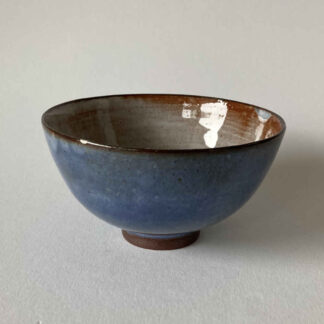
Studio HOHLT – One Deep Bowl with Lindig’s Glaze and Gintsugi Repair – Studio Pottery
120,00 €incl. shipping
Delivery time: 7-14 days
Add to cart -
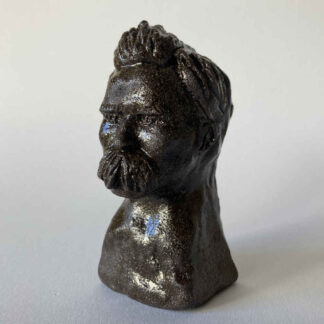
Mila VÁZQUEZ OTERO (* 1978) – Friedrich Nietzsche – Salt Shaker Bust – Studio Pottery
160,00 €incl. shipping
Delivery time: 7-14 days
Add to cart -

Walter GEBAUER (* 1907, † 1989) – Vase in Lindig Style – Studio Pottery
280,00 €incl. shipping
Delivery time: 7-14 days
Add to cart -
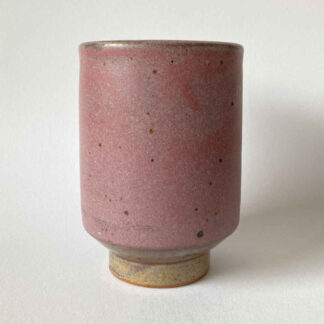
Horst KERSTAN (* 1941, † 2005) – Pink Cup Vase – Studio Pottery
220,00 €incl. shipping
Delivery time: 7-14 days
Add to cart -

Tessa KIDICK (* 1915, † 2002) – Goblet Vase – Studio Pottery
580,00 €incl. shipping
Delivery time: 7-14 days
Add to cart -
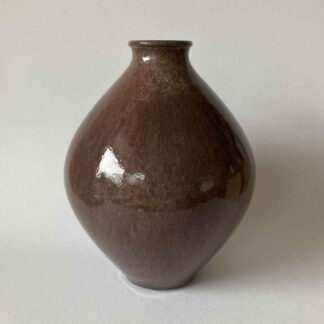
Mario MASCARIN (* 1901, † 1966) – Wine-coloured Spindle Vase – Studio Pottery
380,00 €incl. shipping
Delivery time: 7-14 days
Add to cart -

Stephan ERDÖS (* 1906, † 1956) – Medium-sized Green Ceramic Vase – Studio Pottery
480,00 €incl. shipping
Delivery time: 7-14 days
Add to cart -

Richard BAMPI (* 1896, † 1965) – Ceramic Vase (designed by: Julius Bissier) with Gintsugi Repair – Studio Pottery
650,00 €incl. shipping
Delivery time: 7-14 days
Add to cart -
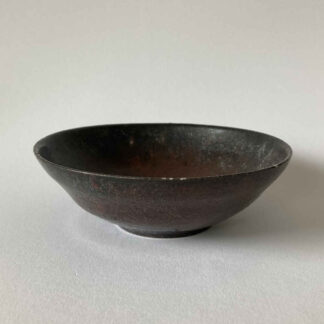
Albrecht HOHLT (* 1928, † 1960) – Ceramic Bowl with Gintsugi Restoration
880,00 €zzgl. Versandkosten
Delivery time: 7-14 days
Add to cart -
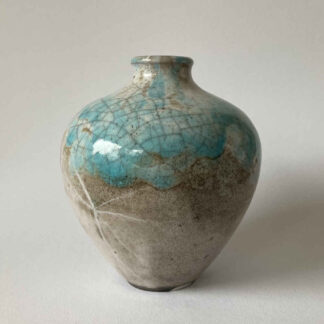
Otto MEIER (* 1903, † 1996) – Vase with Gintsugi Repair – Studio Pottery
480,00 €incl. shipping
Delivery time: 7-14 days
Add to cart -
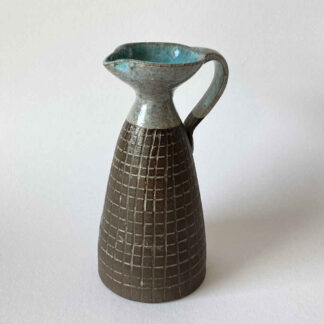
Gerda KÖRTING (* 1911, † 2000) – Jug with turquoise – GDR pottery
220,00 €incl. shipping
Delivery time: 7-14 days
Add to cart -

Heiner Hans KÖRTING (* 1911, † 1991) – Vase with Relief – GDR Pottery
180,00 €incl. shipping
Delivery time: 7-14 days
Add to cart -

Auguste PAPENDIECK (* 1873, † 1950) – Small Vase (brass lacquer repair with kintsugi technique)
260,00 €incl. shipping
Delivery time: 7-14 days
Add to cart -
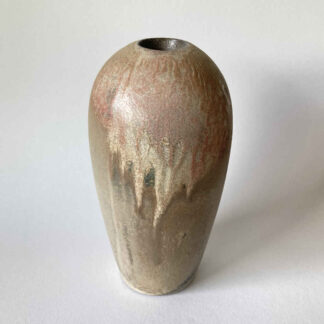
Rainer GESCHKE – Vase from Wood-fired Kiln – Studio Pottery
380,00 €incl. shipping
Delivery time: 7-14 days
Add to cart -

Ruth KOPPENHÖFER (* 1922, † 1994) – Cup Vase – Studio Pottery
180,00 €incl. shipping
Delivery time: 7-14 days
Add to cart -

Gerhard DÖLZ (* 1926, † 2007) – Sculptural Ceramic Vase – Studio pottery
480,00 €incl. shipping
Delivery time: 7-14 days
Add to cart -

Heiner Hans KÖRTING (* 1911, † 1991) – Blue Ceramic Vase – Studio Pottery
280,00 €incl. shipping
Delivery time: 7-14 days
Add to cart -

Ruth KOPPENHÖFER (* 1922, † 1994) – Oval Bowl – Studio Pottery
220,00 €incl. shipping
Delivery time: 7-14 days
Add to cart -

Heidi KIPPENBERG (* 1941) – Tachist Bowl – Studio Pottery
220,00 €incl. shipping
Delivery time: 7-14 days
Add to cart -
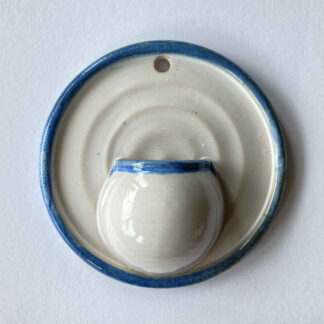
Kuno JASCHINSKI (* 1897, † 1954) – Round Wall Vase – Studio Pottery
180,00 €incl. shipping
Delivery time: 7-14 days
Add to cart
Showing 1–20 of 158 results


